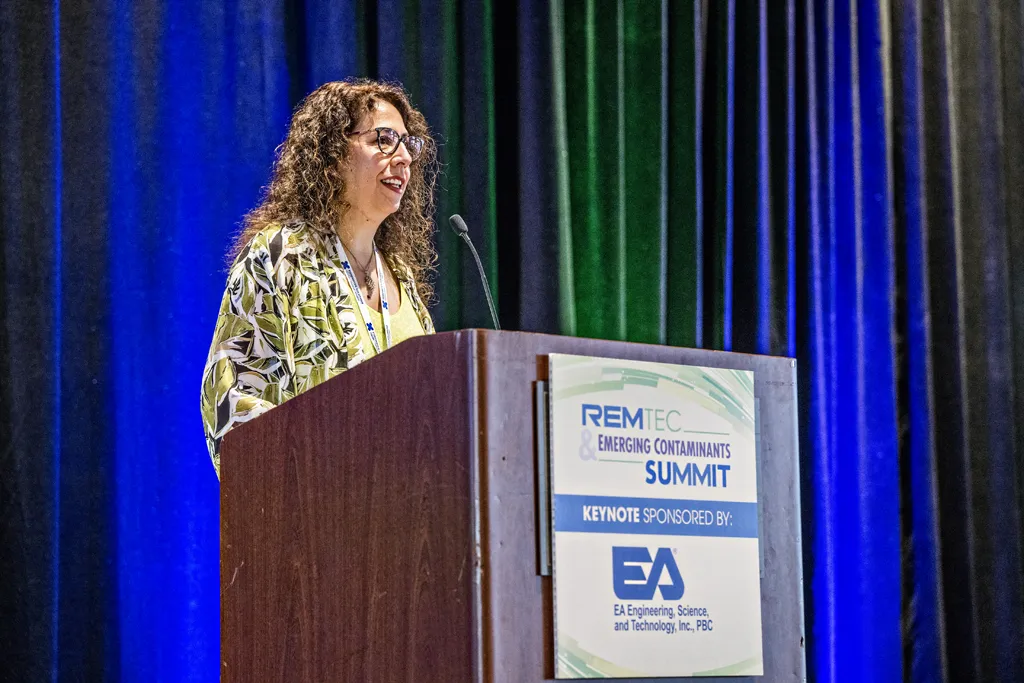The Westin
Westminster, CO
Conveniently Located between Boulder & Denver

If you are an academic advisor or professor working with students in environmental sciences or engineering or a student conducting research on remediation technologies or emerging contaminants, then the Student Program & Poster Presentation Competition is your chance- or your students' chance - to showcase groundbreaking research to a community of industry leaders and environmental experts.
More InfoThe Westin Westminster is ideally located just 15 minutes between Denver and Boulder. Discounted Group Rate is available through Wednesday, September 24, 2025 or until the block sells out. Book your stay today!
Travel Info

The RemTEC & Emerging Contaminants Summit educational content is curated and developed in large part by the 2025 Scientific Advisory Board (SAB). This highly motivated, volunteer group is made up of industry leaders and stakeholders within the academic, government, regulatory and consulting communities.
Meet the Board